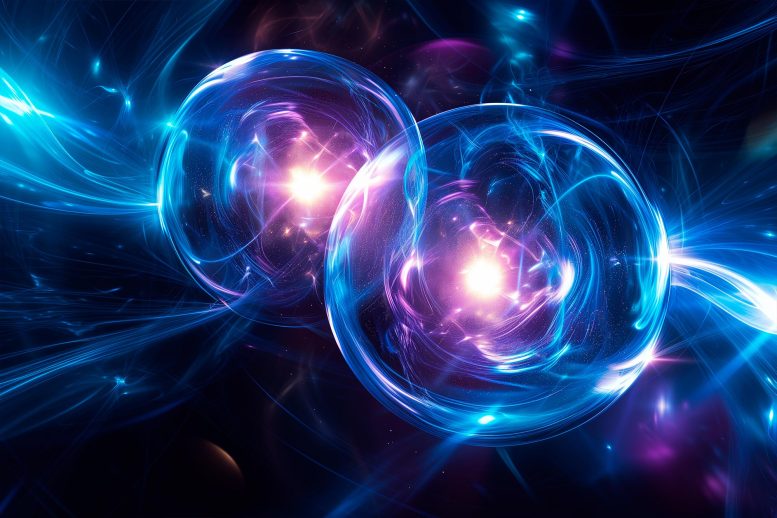
Researchers from São Paulo State University have developed a new method to quantify quantum entanglement, challenging traditional theories and potentially advancing quantum computing. This study emphasizes the importance of entanglement in enhancing processing power and offers insights into the limitations of classical computing, highlighting the rapid progress of quantum technology led by companies like Google and IBM.
Entanglement is a fundamental principle in quantum physics and a critical factor for the effectiveness of quantum computing.
Entanglement is a phenomenon in quantum physics where two or more systems become interconnected in a manner that makes it impossible to describe their quantum states separately. When systems interact and become entangled, they exhibit strong correlations. This concept is crucial for quantum computing, as the degree of entanglement directly influences the optimization and efficiency of a quantum computer. The more entangled the systems are, the better the performance of the quantum computer.
A study conducted by researchers affiliated with the Department of Physics at São Paulo State University’s Institute of Geosciences and Exact Sciences (IGCE-UNESP) in Rio Claro, Brazil, tested a novel method of quantifying entanglement and the conditions for its maximization. Applications include optimizing the construction of a quantum computer.
An article on the study is published as a Letter in Physical Review B.
Breaking Down the Hellmann-Feynman Theorem
The study showed how the Hellmann-Feynman theorem breaks down under specific conditions. The theorem describes the dependence of the system’s own energy on a control parameter and is a key part of quantum mechanics used across disciplines from quantum chemistry to particle physics.
“Simply put, we propose a quantum analog of the Grüneisen parameter widely used in thermodynamics to explore finite temperature and quantum critical points. In our proposal, the quantum Grüneisen parameter quantifies entanglement, or von Neumann entropy, in relation to a control parameter, which may be a magnetic field or a certain level of pressure, for example,” Valdeci Mariano de Souza, last author of the article and a professor at IGCE-UNESP, told Agência FAPESP. “Using our proposal, we demonstrate that entanglement will be maximized in the vicinity of quantum critical points and that the Hellmann-Feynman theorem breaks down at a critical point.”
For Souza, the results contribute to basic research in physics and could also have a direct impact on quantum computing. Recalling Intel cofounder Gordon Moore’s 1965 prediction that the number of transistors used in conventional computers would double every two years, he said this rapid growth in the power of classical computers cannot last, while recent technological advances are enabling quantum computing to progress by leaps and bounds, with giants like Google and IBM in the lead.
“In conventional computing, binary language in terms of zeroes and ones is used to process information. Quantum mechanics, however, superimposes states and hugely increases processing capacity. Hence the growing interest in research on quantum entanglement,” he explained.
Reference: “Grüneisen parameter as an entanglement compass and the breakdown of the Hellmann-Feynman theorem” by Lucas Squillante, Luciano S. Ricco, Aniekan Magnus Ukpong, Roberto E. Lagos-Monaco, Antonio C. Seridonio and Mariano de Souza, 6 October 2023, Physical Review B.
DOI: 10.1103/PhysRevB.108.L140403
The study was proposed and designed by Souza, and important contributions were made by Lucas Squillante, a postdoctoral researcher he supervises. The other collaborators were Antonio Seridonio (UNESP Ilha Solteira), Roberto Lagos-Monaco (UNESP Rio Claro), Luciano Ricco (University of Iceland), and Aniekan Magnus Ukpong (University of KwaZulu-Natal, South Africa).
Research leading to production of the article was supported by FAPESP via projects 11/22050-4 and 18/09413-0.

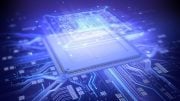

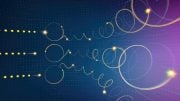


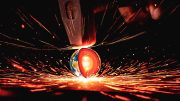
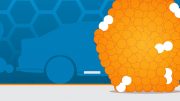
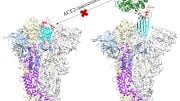
Entanglement is a phenomenon in quantum physics where two or more systems become interconnected in a manner that makes it impossible to describe their quantum states separately.
1. The branch of mathematics known as topology has become a cornerstone of modern physics.
2. The perpetually swirling topological vortices defy traditional physics’ expectations.
3. The topological vortices is both a mathematical model and a physical reality.
To ask author:
1. Do researchers truly understand the physical reality of quantum?
2. Can light spots be found in the rotation of topological vortices?
3. Are researchers willing to use topological models instead of using a cat to analogize quantum mechanics?
and so on.
Science must follow mathematical rules. For example, the Standard Model (SM) is considered to be one of the most significant achievements of physics in the 20th century. However, the magnetic moment of μ particle is larger than expected, revealed by a g-2 experiment at Fermilab, suggests that the established theory (such as SM) of fundamental particles is incomplete. Furthermore, the SM omitting gravity, it not involved the time problem and when the particle movement starts. Mathematics is the foundation of science. Physics must respect the scientific nature of mathematics and mathematical models. The SM must be based on mathematical models in order to be scientific, convincing, and in line with natural laws.
I hope researchers are not fooled by the pseudoscientific theories of the Physical Review Letters (PRL), and hope more people dare to stand up and fight against rampant pseudoscience.
The so-called academic journals (such as Physical Review Letters, Nature, Science, etc.) firmly believe that two high-dimensional spacetime objects (such as two sets of cobalt-60) rotating in opposite directions can be transformed into two objects that mirror each other, is a typical case of pseudoscience rampant.
If researchers are really interested in Science and Physics, you can browse https://zhuanlan.zhihu.com/p/643404671 and https://zhuanlan.zhihu.com/p/595280873.
I’ve had enough of your stupid denial, I know more than anybody adittued, your continuous reiterating of this dumb thought has not seen any desire to take your stupid recommendations, prove your PHDs or doctorets or shut up.
Top pupil. A paradigm of contemporary physics.